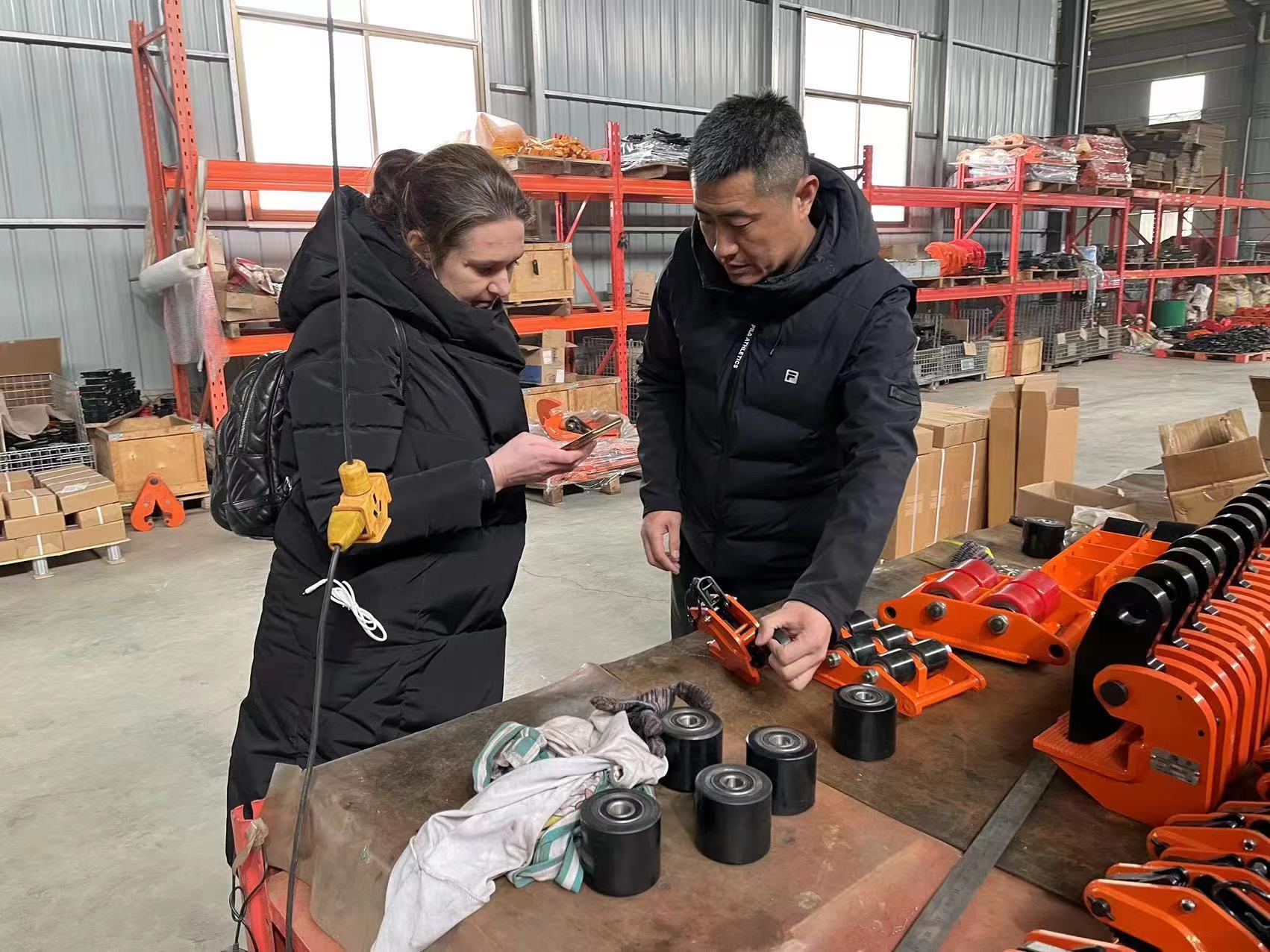TEL:+86 13179668188 E-MAIL:alina@volsn.com
In the industrial and construction sectors, steel plate lifting clamps are essential tools for safely handling heavy metal materials. Choosing the right lifting clamp not only enhances work efficiency but also ensures safe operation. This practical guide will help you make an informed decision when selecting a steel plate lifting clamp.
1. Understand the Types of Steel Plate Lifting Clamps
There are various types of steel plate lifting clamps, each suited for different applications. Common types include:
- Standard Steel Plate Lifting Clamps: Suitable for general steel plate handling and capable of managing standard thicknesses.
- Heavy-Duty Steel Plate Lifting Clamps: Designed to support greater weights and thicknesses, ideal for heavy industrial environments.
- Adjustable Steel Plate Lifting Clamps: Allow users to adjust the clamp according to different plate thicknesses, providing added flexibility.
2. Consider Load Capacity
Load capacity is one of the most critical factors to consider when selecting a lifting clamp. Ensure that the chosen clamp’s rated load exceeds the weight of the steel plates you plan to lift. Manufacturers typically provide detailed load ratings in the product specifications.
3. Assess Steel Plate Thickness
The thickness of the steel plate directly impacts the choice of clamp. Make sure you know the specific thickness of the plate to select a clamp that can securely grip that thickness. Different models are designed for various thickness ranges, so selecting the right model enhances both safety and efficiency.
4. Material and Construction Quality
The material and manufacturing process of the lifting clamp significantly affect its durability and performance. Opt for clamps made from high-strength steel to ensure they can operate effectively under high loads. Additionally, pay attention to the quality of welds and connection points to ensure they are robust.
5. Clamping Mechanism
Different steel plate lifting clamps utilize various clamping mechanisms. Choose one that fits your handling needs, such as:
- Gravity Locking Mechanism: Automatically locks using gravity, suitable for quick operations.
- Mechanical Locking Mechanism: Provides stronger clamping force, ideal for lifting heavy materials.
6. Operating Environment
Consider the environmental conditions in which you will use the lifting clamp. If used in high-temperature, humid, or corrosive environments, select clamps made from corrosion-resistant and high-temperature materials for better performance.
7. Safety Standards and Certifications
Ensure that the selected steel plate lifting clamp meets relevant safety standards and certifications. This is not only a legal requirement but also a critical measure for ensuring safe operations. Check the safety certification information in the product manual to ensure it meets your needs.
8. Cost and Budget
Finally, consider your budget. High-quality steel plate lifting clamps may come with a higher initial investment, but their durability and safety will save you more in maintenance and replacement costs over time.
Conclusion
Choosing the right steel plate lifting clamp is vital for ensuring safety and efficiency. By understanding the types of clamps, load capacities, materials, clamping mechanisms, and operating environments, you can make an informed choice. If you have any questions or need further information, feel free to contact us for expert advice.
